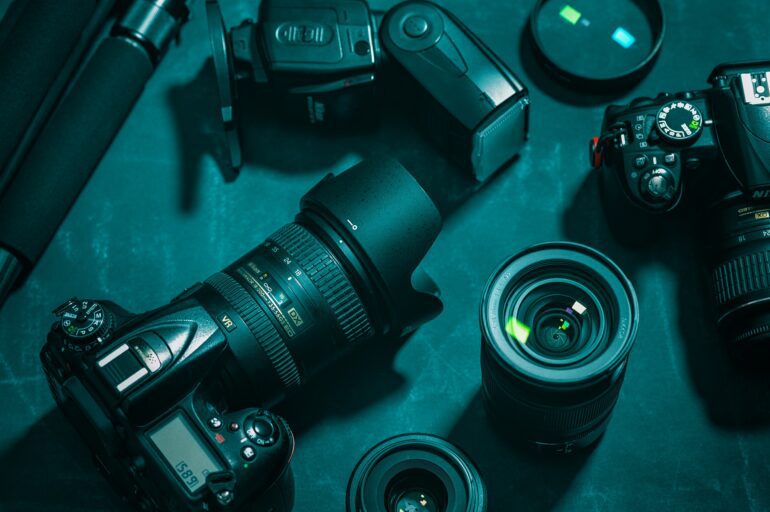TL;DR:
- World Press Photo Contest updates rules to exclude AI-generated imagery.
- Initially, AI-generated submissions were allowed but faced immediate backlash.
- AI-generated images were never eligible for the World Press Photo of the Year contest.
- Revised rules clarify acceptable AI editing tools for lens-based camera photos.
- Collaboration results in ethical standards to ensure accurate representation in photographs.
- The move aims to distinguish between AI “art” and photojournalism.
Main AI News:
In the ever-evolving landscape of photography, the World Press Photo Contest has taken a significant stride toward redefining what constitutes a genuine photograph in the age of artificial intelligence (AI). This move comes after a whirlwind of controversy surrounding the inclusion of AI-generated imagery, which was initially permitted in the Open Format competition category, a decision that triggered swift backlash from the photography community.
The World Press Photo Foundation responded to the concerns raised by photojournalists, who argued that allowing artificially created images to enter a competition dedicated to documenting real-world events was contrary to the principles of their profession. In a statement released on its website, the foundation acknowledged the need for change: “Thanks to the honest and thoughtful feedback over the past few days, we have decided to change the rules for the Open Format category in our contest to exclude AI-generated images.”
Henceforth, AI-generated images, both generative fill and fully generated, will be prohibited in the Open Format category. This aligns with existing regulations in other categories, such as Singles, Stories, and Long-Term Projects, where AI-generated submissions were already disallowed.
It’s worth noting that AI-generated images have never been eligible for submission to the prestigious World Press Photo of the Year contest, reinforcing the organization’s commitment to honoring authentic photojournalism.
The revised rules also provide greater clarity on what constitutes an AI-generated image when it comes to manipulating photos “made by a lens-based camera.” While certain AI editing tools, such as denoising, automatic adjustments (e.g., levels, colors, contrast), and object selection, are deemed acceptable, the extent of their usage will be determined by the contest organization and a global jury. However, tools relying on generative AI models that introduce new information to enlarge and sharpen images, including Adobe Super Resolution and Topaz Photo AI, are explicitly prohibited.
Recognizing the growing integration of AI technology in cameras and editing software, the World Press Photo Foundation has collaborated with photojournalism institutions, visual journalists, and experienced editors to establish a “set of clear ethical standards.” These standards are designed to ensure that photographs accurately represent what the photographer witnessed without misleading the public through manipulative AI techniques.
Conclusion:
The World Press Photo Contest’s updated regulations reflect a pivotal moment in the photography industry. By excluding AI-generated imagery and setting clear boundaries for AI editing tools, the organization seeks to preserve the authenticity of photojournalism. This move acknowledges the growing role of AI in photography while emphasizing the importance of maintaining the integrity of real-world events in the age of artificial intelligence. It highlights the industry’s commitment to upholding ethical standards and the distinct boundaries between AI-driven artistic expression and genuine photojournalism.

